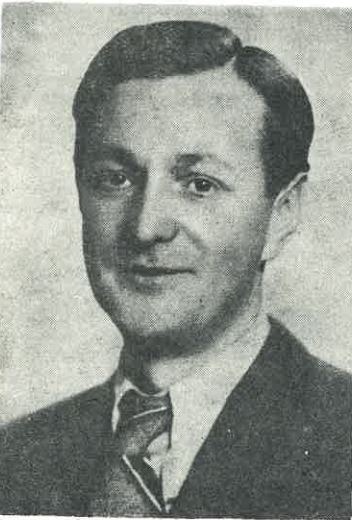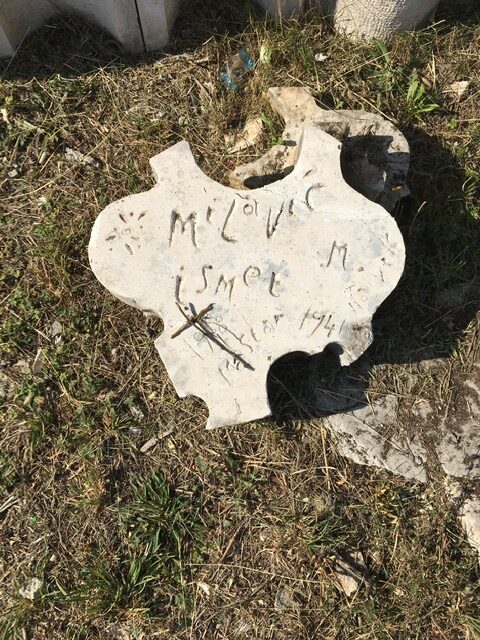
brochure "Partizanski spomenik u Mostaru" (1980)
book “Spomenica Mostara 1941-1945.”
another document or proof of the memorial stone (e.g., a photograph).
Ismet M. MILAVIĆ
ISMET MILAVIĆ, son of MEHMED, born on February 12, 1907, in Mostar. Judge. Pre-war member of the CPY. Active in the Muslim People’s Library, where he served on the board. Arrested by the NDH police in Sarajevo in April 1942 and taken to the Jasenovac camp, from where he was interned in a concentration camp in Norway. Transferred to the Beisfjord sick camp, where he was executed on July 17/18, 1942. According to information provided to the editorial team by a Norwegian museum, he was killed for attempting to defend another prisoner.
One surviving prisoner from the Norwegian camps recalled:
“Bejsfjur (Beisfjord, note a) at Jerndvatnom (‘hill of death’), established on June 26, 1942, with 894 internees, and disbanded after 3.5 months. 142 survived, while 752 internees were shot or died from hunger and cold. Among them were individuals from Hercegovina: Brkić Muhamed, Dizdar Ahmet, Milavić Ismet, Mišanović Dragutin, Pašić Ismet, Šipovac Borivoje, all from Mostar, as well as Tarahija Šećo from Konjic and Adil Grebo from Ljubinje. The survivors were transferred to the camps in Korgen and Usen.”
“The majority of Herzegovinians were imprisoned in the camps of Beisfjord and Usen in northern Norway. The life of the internees was unusually harsh, especially when they were guarded by SS troops. Besides hunger and winter (sometimes reaching -40°C), as well as exhausting physical labor, the SS members would kill our people daily. We lived in barracks, with 40 to 50 people in one room. The internees worked on road construction, railway tracks, and quarries, as well as logging and the construction of fortifications and bunkers in central Norway. The terror in the camps of central Norway was as severe as in the northern camps, but there were fewer mass shootings carried out by the SS to get rid of us quickly. Their main goal was to create conditions that would increase the number of sick and exhausted individuals through starvation, cold, hard labor, harassment, bathing in icy lakes, various disinfections, and so on, and then use those as a pretext for mass shootings (typhus, escapes, and the like). Here are two examples of mass shootings where comrades from Mostar and Konjic were killed. After a mass shooting in Beisfjord, which occurred on the night between July 17 and 18, 1942, the SS executed 271 internees. During the relocation of the camp to the ‘hill of death’ (Jernvatn), they killed 12 inside and outside the camp, and another 14 people on the way to the harbor. Among them was Ismet Milavić from Mostar.”
*According to the source “Spomenica Mostara 1941-1945” and collaborators of the Center for War and Peace in Narvik, Norway, Ismet Milavić was born in 1907 and executed in 1942.
Halilbegović, Nihad (2006): Bošnjaci u jasenovačkom logoru, Sarajevo; grupa autora (1986): Hercegovina u NOB 4. dio, Beograd; grupa autora: Spomenica Mostara 1941-1945.
Many thanks to the staff of the Center for War and Peace in Narvik for the material provided.
Do you have more information about this fighter? Share your stories and photographs. Let's keep the memory alive!


